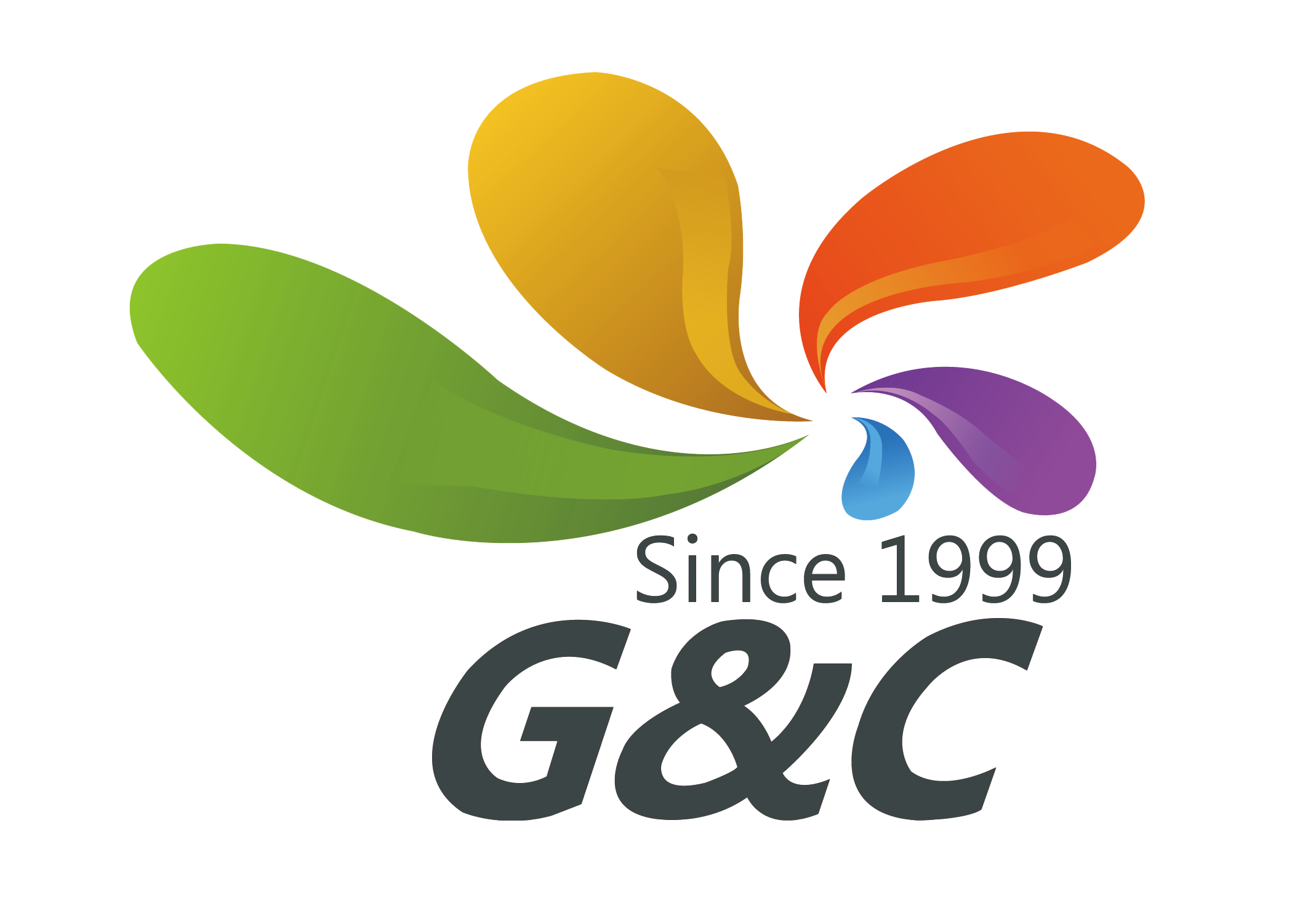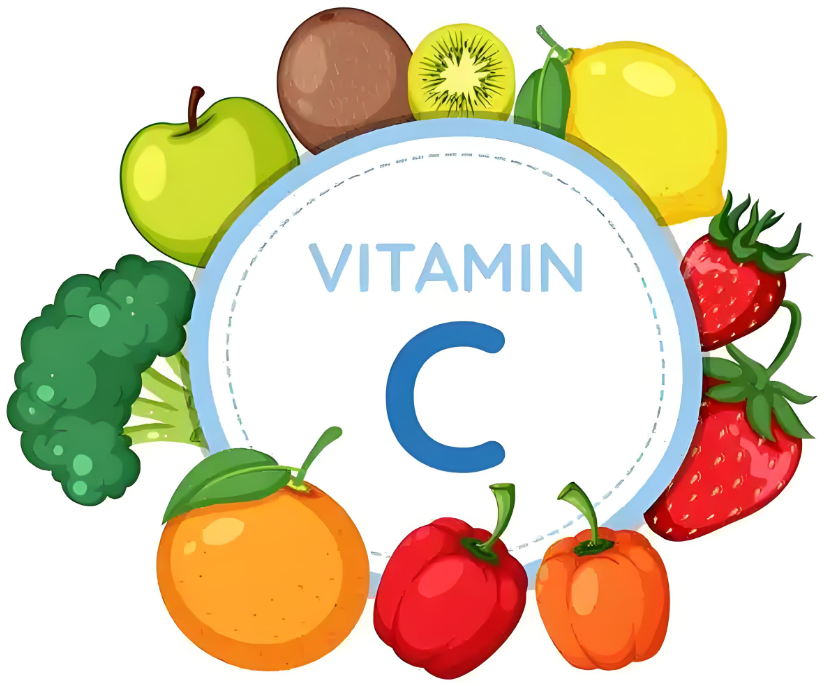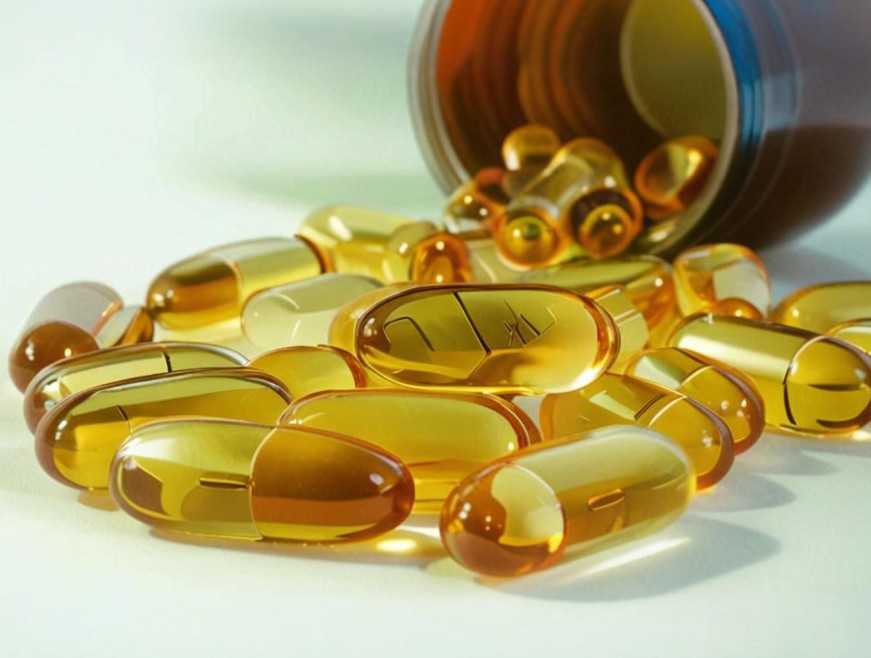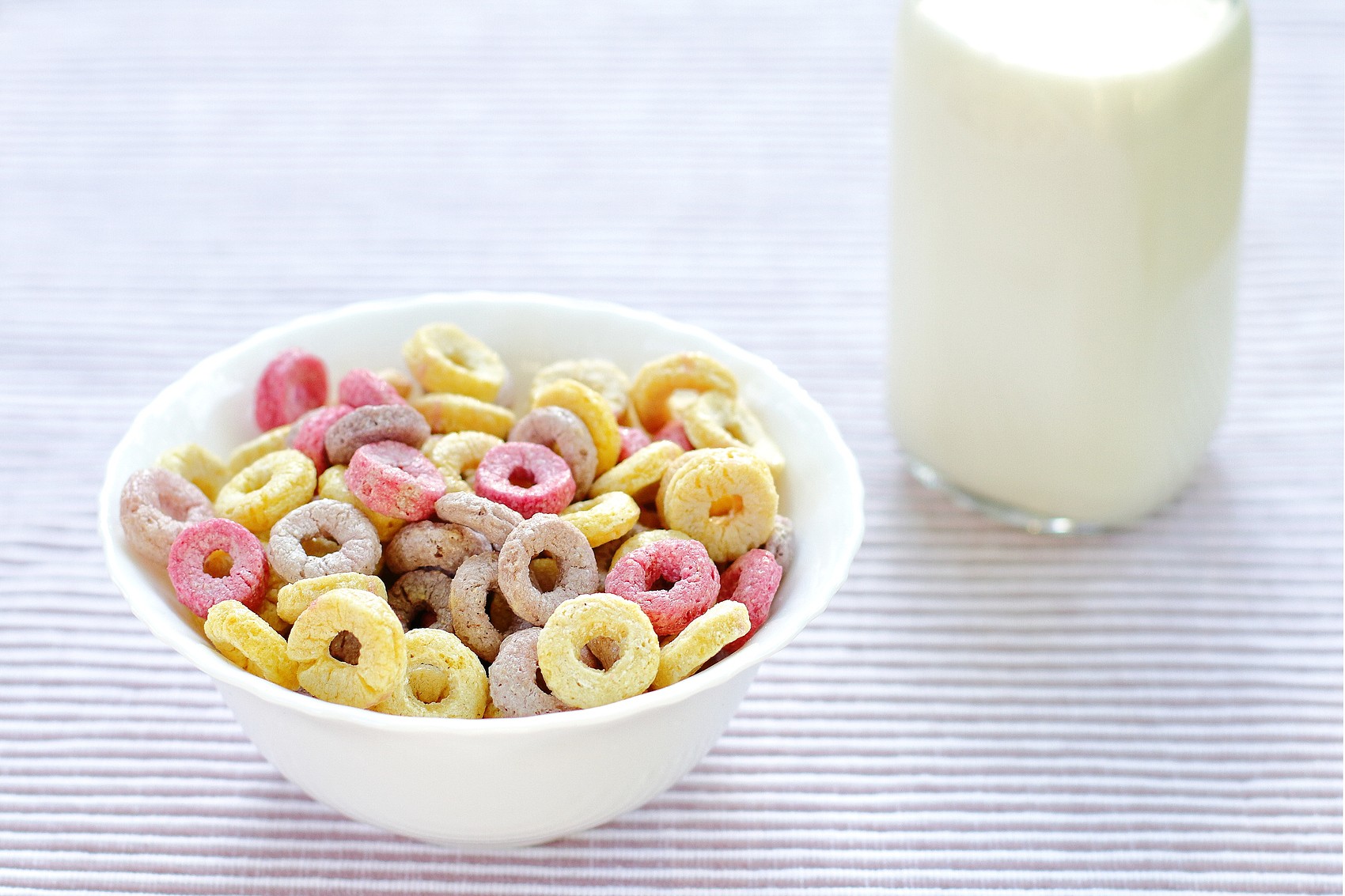The star ingredient in sports nutrition products - HMB Ca

Ca HMB, full name β-hydroxy-β-methylbutyrate calcium, is one of the common supplemental forms of HMB (β-hydroxy-β-methylbutyrate). Beta-hydroxy-beta-methylbutyric acid (HMB) is widely found in citrus fruits and certain vegetables such as broccoli, legumes such as alfalfa, and certain fish and seafood. β-hydroxy-β-methylbutyrate calcium (Ca HMB) is a calcium salt of β-hydroxy-β-methylbutyrate (HMB). Due to the active nature of HMB, in order to facilitate storage and use, it is usually converted into calcium salt when synthesizing, and the main component HMB content ranges from 77-82%.
HMB is an intermediate metabolite of the human essential amino acid leucine, and the human body can produce a small amount of HMB itself. In a normal diet, the human body produces about 300 to 400 mg per day, of which 90% comes from the catabolism of leucine. HMB can be used to promote muscle growth, enhance immunity, reduce cholesterol and low density lipoprotein levels in the body to reduce the occurrence of coronary heart disease and cardiovascular disease, but also to enhance the body's nitrogen fixation ability, maintain protein levels in the body, and prevent muscle decay in bedridden or paralyzed patients. In recent years, because it can reduce the damage of muscle tissue after exercise, repair muscle fibers, increase muscle strength and burn body fat, it has become a star ingredient in sports nutrition products. In addition, HMB has been clinically proven to accelerate wound healing and inhibit inflammation. Studies have shown that Ca HMB can accelerate protein synthesis and slow down protein consumption. Ca HMB combined with glutamine and arginine can improve the negative nitrogen balance of patients and play a positive role in recovery from trauma and surgery.
In 2011, China's former Ministry of Health announced the approval of β-hydroxy-β-methylbutyrate calcium (Ca HMB) as a new resource food, the use of sports nutrition food, special medical use formula food, the recommended amount is ≤3 grams/day. In 2017, the National Health and Family Planning Commission announced the expansion of the application scope of Ca HMB from the original two applications to nine, and commissioned risk assessment technology institutions to conduct safety assessments. The use of Ca HMB was expanded to include beverages, milk and dairy products, cocoa products, chocolate and chocolate products, candy, baked goods, and special dietary foods, and the recommended amount was still ≤3 g/day, which did not exceed the dosage of human trial volunteers. Ca HMB was recognized as GRAS by the U.S. Food and Drug Administration in 1995 and is used in medical nutrition foods and special diets. In the past 20 years, Ca HMB has been widely used in dairy products, chocolate products, beverages, energy bars and other foods in the US market. Ca HMB is a food raw material permitted by Japanese regulations, which can be added in many fields such as ordinary food, sports nutrition food, weight loss food, beauty food, etc. It can also be used as a functional ingredient in dietary supplements such as capsules, tablets, solid drinks. For manufacturers and pharmacies, Ca HMB is currently one of the most popular health ingredients on the Japanese market.
HMB is widely used in solid drinks, and such products are also quite abundant in the international market. For example, Juven launched by Abbott to promote protein synthesis, Myoplex Muscle Armor launched by EAS in the United States, Fracora for middle-aged and elderly muscle health produced by Concord in Japan, etc., are all based on HMB as the core raw material. For HMB liquid beverages, the domestic application is in the initial stage, but foreign companies have applied it and are in the process of gradual development. For example, sports drink SUISPO launched by Japanese company ISDG, and beauty oral liquid Flowage launched by Japanese Concord. As a new food raw material that can be added to beverages, HMB can be combined with a variety of proteins, such as whey protein concentrate, milk protein concentrate, whey protein isolate, and vegetable protein, and can also be used with vitamin and mineral formulations to increase product functionality. Liquid milk and milk powder with HMB can be used for middle-aged and elderly people to help prevent muscle decay, and can also be used for sports and fitness people to provide muscle health nutrition supplement. In addition, some functional yogurt on the market, adding HMB can upgrade the original product concept and provide the concept of fat reduction and shape shaping, and adding functional raw materials to ice cream is also an innovative means of many foreign ice cream manufacturers. Adding HMB ingredients can strengthen the efficacy of ice cream on the premise of ensuring the flavor and taste. In addition, HMB can also be used in nutrition bars and candies, such as the most famous nutrition bar product is Maximuscle, which adds 20 grams of protein, 3.4 grams of creatine monohydrate and 1.6 grams of HMB, which is advertised to reduce protein breakdown, build muscle while promoting post-exercise recovery. Food developers for fat loss have long applied HMB to candy, such as the Japanese company ISDG produced HMB candy, which is a candy for people who build muscle and lose fat.
As an effective nutritional intervention for the prevention and treatment of muscular decay syndrome, HMB has been confirmed by a number of clinical studies, and HMB has been clinically proven to accelerate wound healing and inhibit inflammation. At present, the development and application of HMB in the domestic food field has just started, but with the removal of domestic regulatory obstacles, as well as the rise and promotion of various HMB functional foods in the global market, it is believed that in the near future, HMB will have a broader development prospect in the field of food application.










